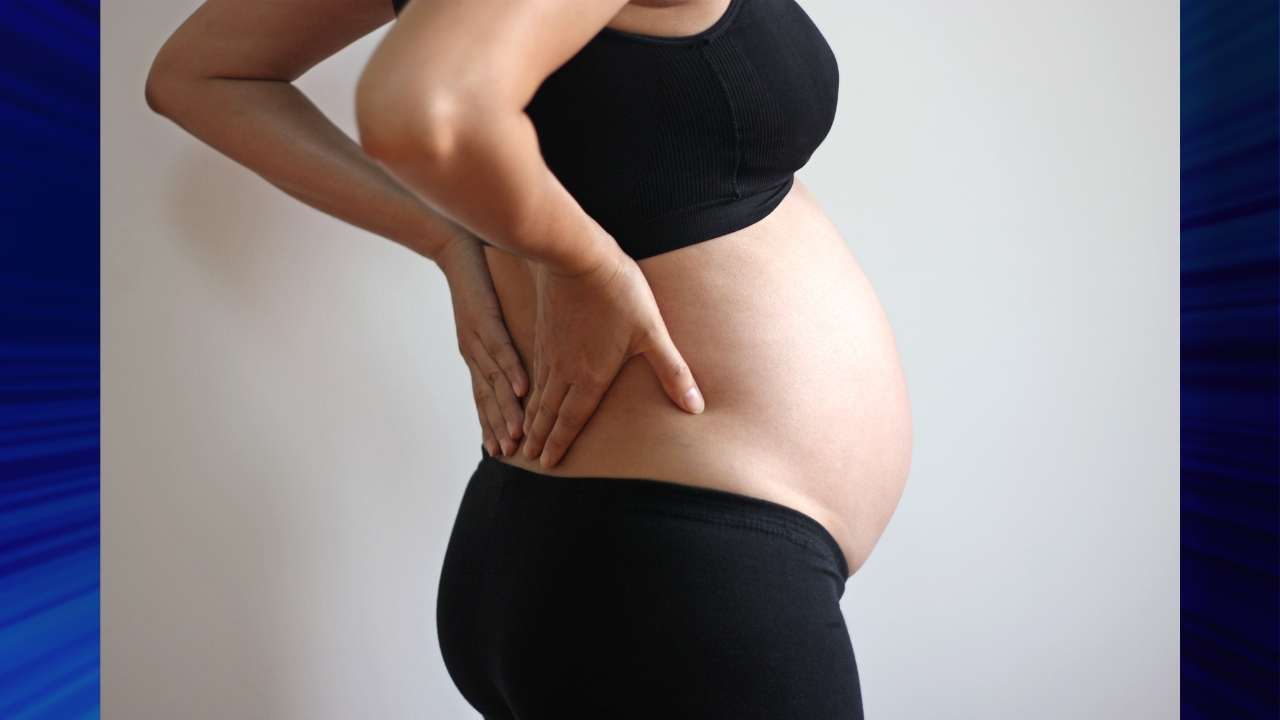Treating Back Pain During Pregnancy
The number of women who experience back pain during pregnancy is somewhere between 50 to 70 percent. The reasons for back pain vary from person to person, but the majority of back pain concerns can be accounted for by one of the following reasons:
- An increase in hormones
- A change in the body’s center of gravity
- Gaining additional weight
- A decline in posture
- Added stress
Lower back pain is an all too common reality for many expecting mothers. As the uterus and baby grow, the mother’s center of gravity moves forward. This shift increases the amount of force the muscles must generate for everyday support, causing women to slump forward. Over time, this poor alignment creates muscle tightness in the pectoral muscles, rolling the shoulders forward and creating increased stress on the muscles of the neck, shoulders, and mid-back.
If these muscular factors are not addressed, these forces will ultimately be translated down to the lower back, an area which is already under a great deal of stress because it is supporting the increased center of gravity.
Treatment Exercises
The American College of Obstetricians and Gynecologists (ACOG) recommends that women should exercise at least 3 times per week for 15 minutes per session, and get their heart rate up to 140 beats each minute. Suitable exercises for pregnant women include brisk walking, yoga, swimming, and low-impact aerobics. Core and pelvic floor exercises, such as Kegels, can be especially beneficial before, during, and after pregnancy. The ACOG also suggests women exercise during pregnancy 3-4 times per week at moderate intensity for 30 minutes or more
Quadruped Arm/Leg
On your hands and knees with back completely flat and arms and legs shoulder width apart, tilt pelvis underneath you (tuck your tail) to keep your back in alignment. It’s similar to cat and camel but just in mid range to be on safe side.
Avoid too much flexion or hyper extension. Bend your neck down to see your baby/belly button and then tilting your pelvis, look up towards ceiling but without stretching your belly.
Start Position: Sit on the ball, with legs spread apart and center of gravity evenly distributed on the ball, with hands on your hips.
End Position: Contract core and pelvic floor, slowly bring leg up in the air with the knee locked to hip height, and slowly lower down. Repeat on the other side.
Partial Wall Ball Squat
Start Position: Stand against the wall, with ball at your low back and hands on your hips, spread feet shoulder width apart.
End Position: Slowly bend your knees to about 45 degrees, contract core and pelvic floor, and slide the ball down the wall.
Upper back stretch
Starting position: bring your arms behind your back and hold two hands together, keeping your elbows straight
End position: squeeze your shoulder blades together, bring your shoulders back add arms backward as far as you can keeping your body neutral, avoid bending forward.
Butterfly Stretch
Sitting on the floor, bend both knees and pull feet in facing one another, and try to pull knees towards the floor. You should feel a stretch in your inner thighs. Hold 30 seconds each time.
Raising Sun Stretch
Starting Position: Lay on your back and bring your left leg over your right leg, with knee bent and touching the floor. Then bring your left arm over to your right with hand on the mat.
Ending Position: Then extend your L arm over to your left side and try and lay your left arm on the ground. You should feel a good stretch in your arm, back, and hip. Hold for 30 seconds. Repeat on the other side.
Back Stretch
Starting Position: Stand, bending over at the hips, put arms on Swiss ball or counter or shelf with arms straight. Keep back flat with pelvis tucked underneath to avoid back arching.
Ending Position: Now bring one arm forward with palm facing down, keeping back flat and legs as straight as you can.
Managing back pain during pregnancy is possible. At Sure Cure Wellness, we can coach you through these exercises to help ensure you have a happy and healthy pregnancy. You can get more information about these exercises and more by scheduling your free consultation below.







